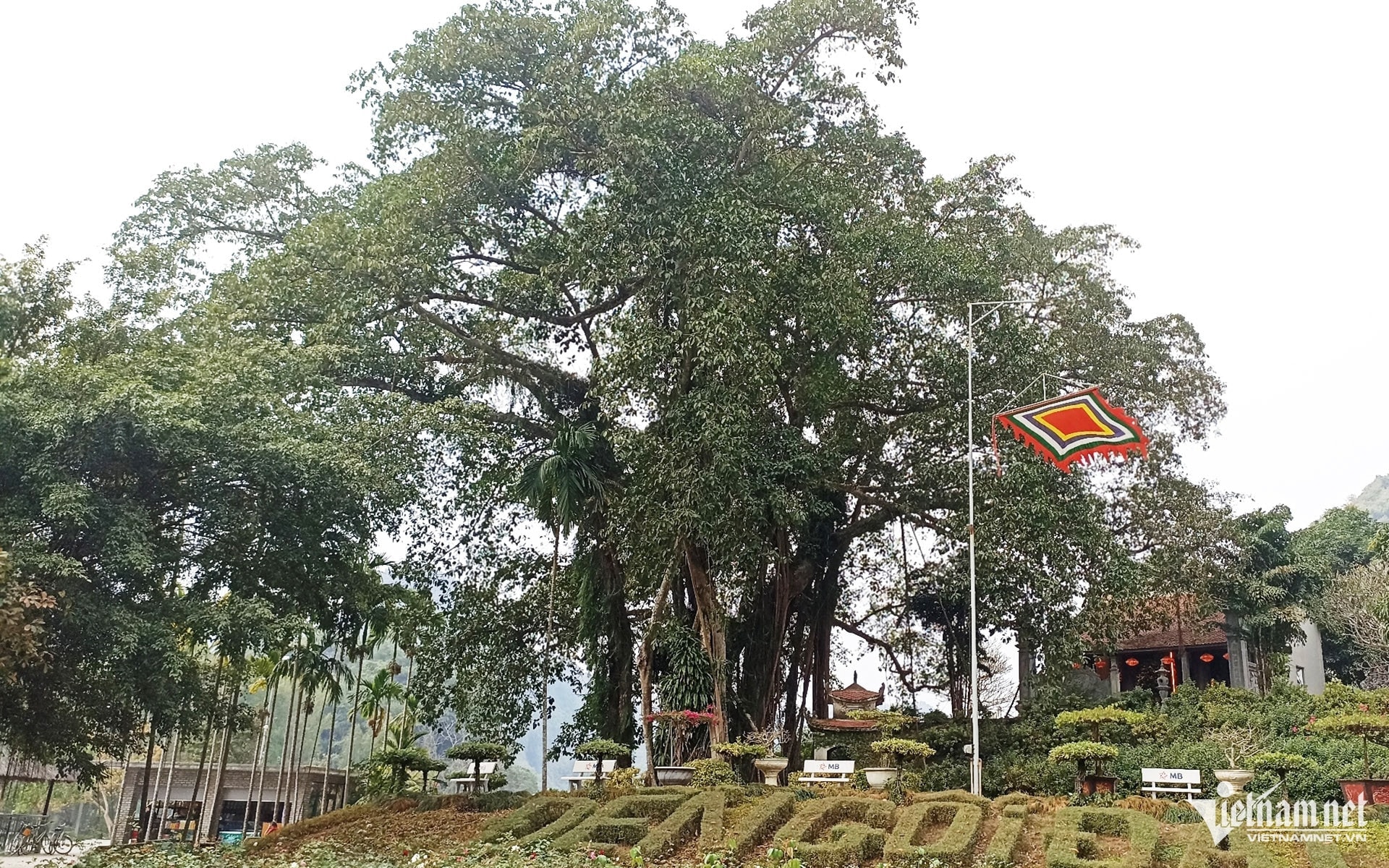
In the Thung Nham eco-tourism area in Hai Nham village, Ninh Hai commune, Hoa Lu city (Ninh Binh), there is a banyan tree that is called by the locals with the mysterious name of “the moving banyan tree” or “the walking banyan tree”. The tree is over 1,000 years old.
The Management Board of the tourist area said that scientists have researched and found that when the banyan and mulberry trees reach 300 - 330 years old, they will change their trunks once. The main trunk will age and rot, the secondary roots will cling to the ground and develop to form a new trunk.
This process is called walking or walking steps.
Currently, the banyan tree in Thung Nham eco-tourism area has moved at the end of step 3 (the tree has changed its main trunk and root 3 times) and started step 4. Each step the tree moves from 10 - 15m and the current position of the tree is about 20m from the original place.
The first main trunk of the tree is located at the present day Goi Dai Temple area. The second trunk of the tree is only rotten wood, the third trunk is also rotting over time. The fourth trunk is the current main trunk of the banyan tree, located near the first trunk.
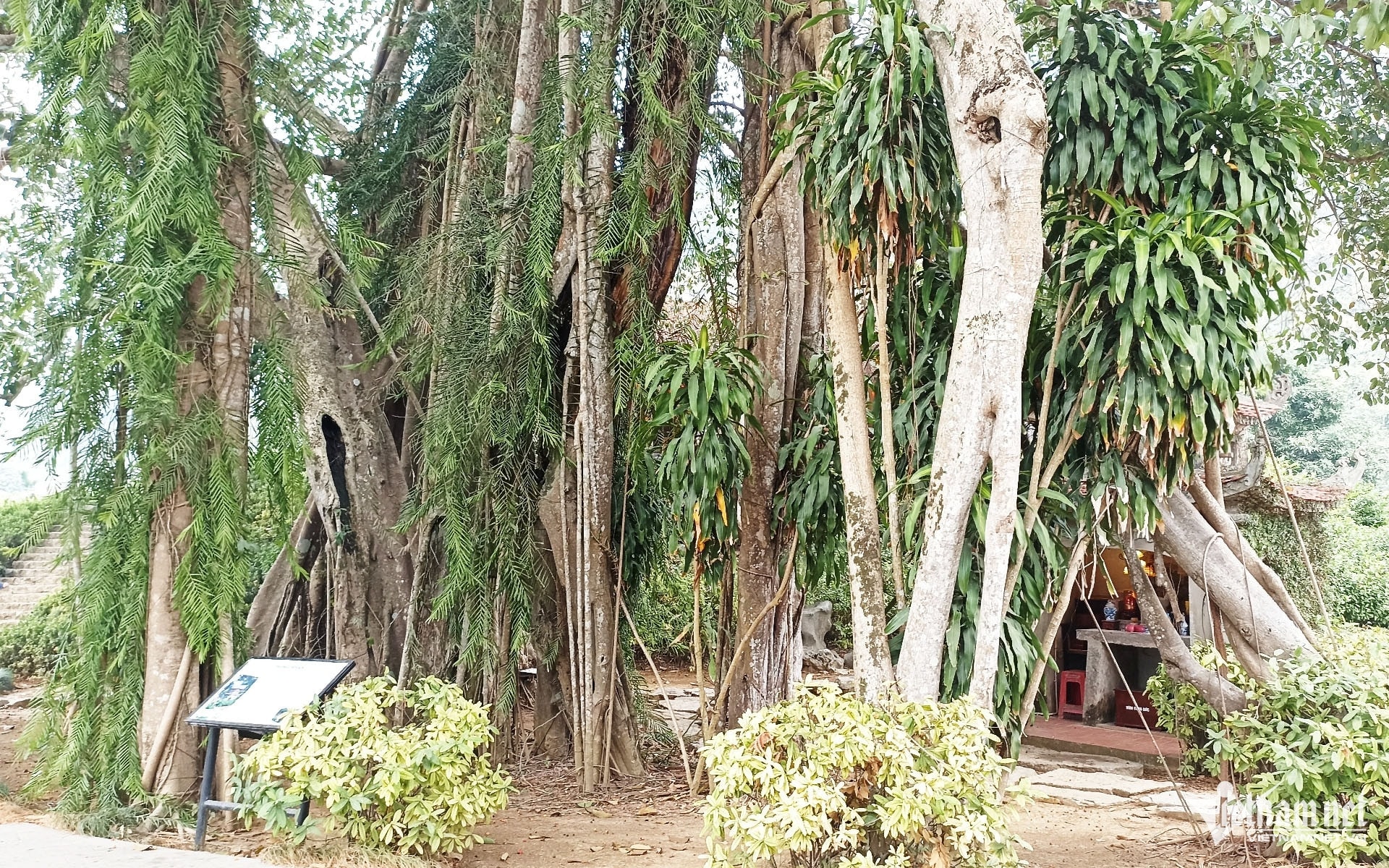
It is worth noting that, as a rule, trees always move towards water sources. However, this banyan tree did not move towards Tien Lake but "went" in the opposite direction, "moving" around Linh Than Temple and Goi Dai Temple.
After more than 1,000 years, the banyan tree still stands tall with hundreds of roots deep in the ground, its shade spreading out to protect the Goi Dai Temple (worshiping Thang Dai Vuong, a general of the Dinh Dynasty) and Linh Than Temple.
According to legend, after suppressing the 12 warlords, Thang Dai Vuong was assigned by King Dinh Tien Hoang to guard the land west of Hoa Lu and lived in seclusion there. When he passed away, the king built Goi Dai Temple right under the banyan tree.
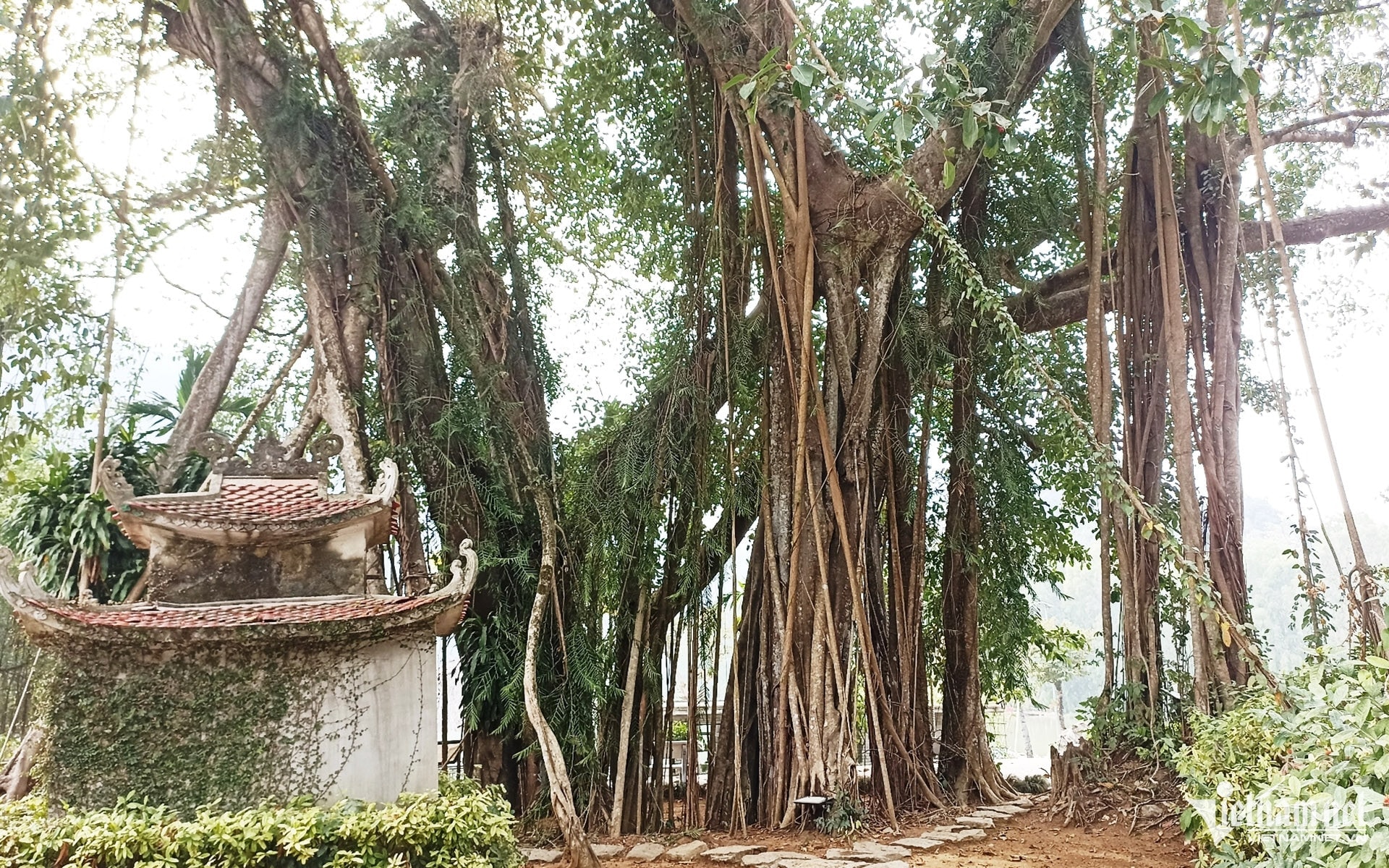
For the people of Hoa Lu Ancient Capital, the banyan tree not only has spiritual significance but is also a "living" testament to the history of their homeland. For tourists, this is an attractive and mysterious place to visit, a stopover every time they come to Ninh Binh.
HQ (according to Vietnamnet)Source: https://baohaiduong.vn/bi-an-cay-da-nghin-tuoi-biet-di-ben-canh-ngoi-den-co-o-ninh-binh-408260.html


![[Photo] General Secretary To Lam receives Japanese Ambassador to Vietnam Ito Naoki](https://vstatic.vietnam.vn/vietnam/resource/IMAGE/2025/4/3/3a5d233bc09d4928ac9bfed97674be98)
![[Photo] Special relics at the Vietnam Military History Museum associated with the heroic April 30th](https://vstatic.vietnam.vn/vietnam/resource/IMAGE/2025/4/3/a49d65b17b804e398de42bc2caba8368)
![[Photo] Moment of love: Myanmar people are moved to thank Vietnamese soldiers](https://vstatic.vietnam.vn/vietnam/resource/IMAGE/2025/4/3/9b2e07196eb14aa5aacb1bc9e067ae6f)














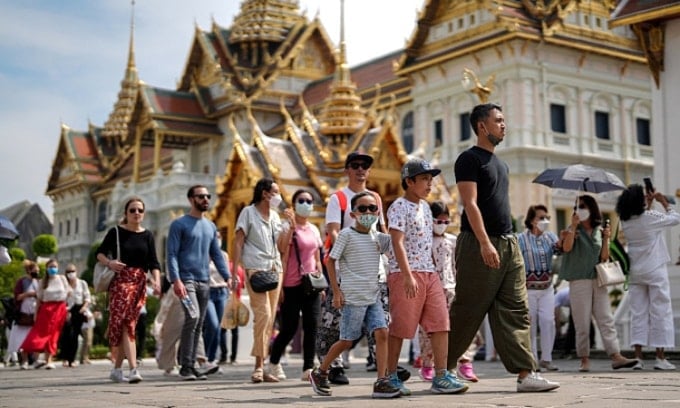










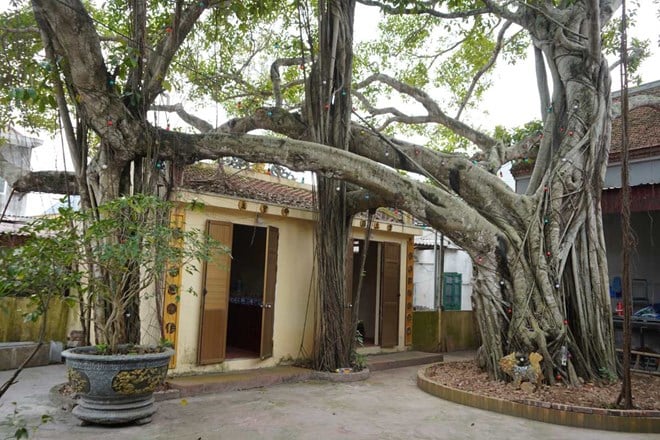

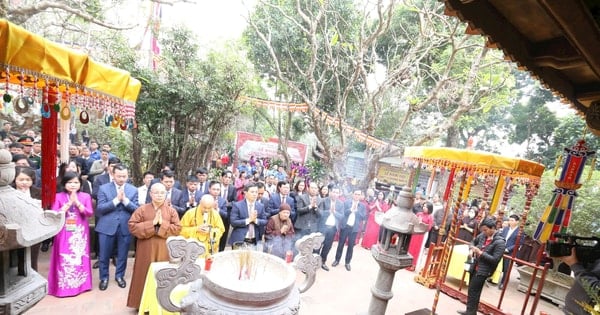



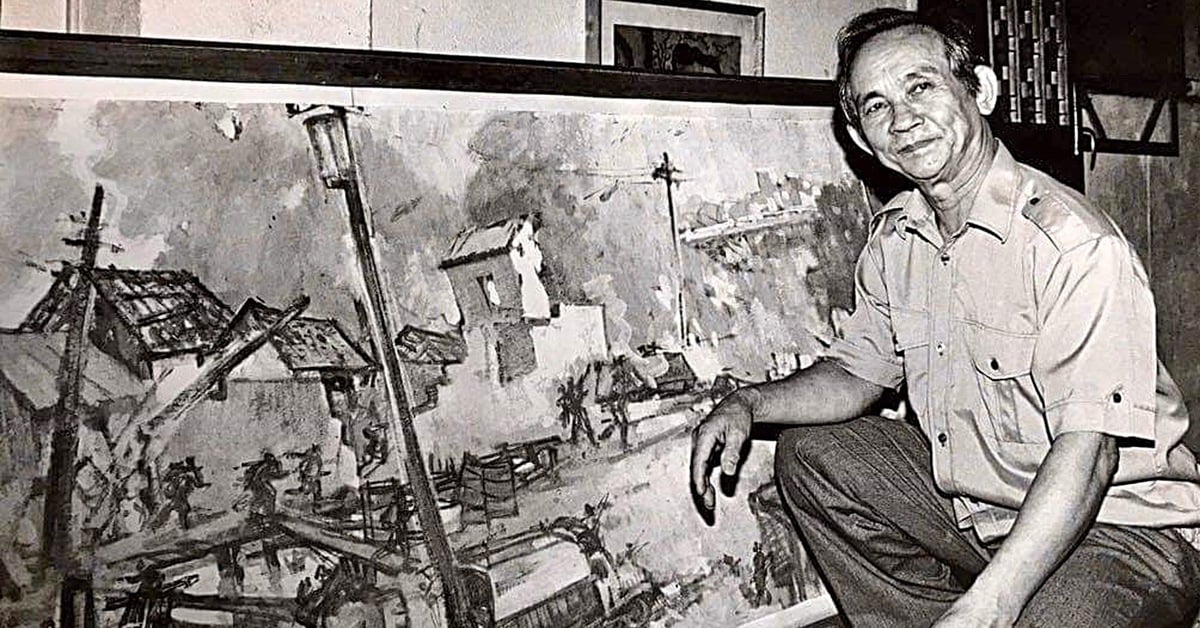






























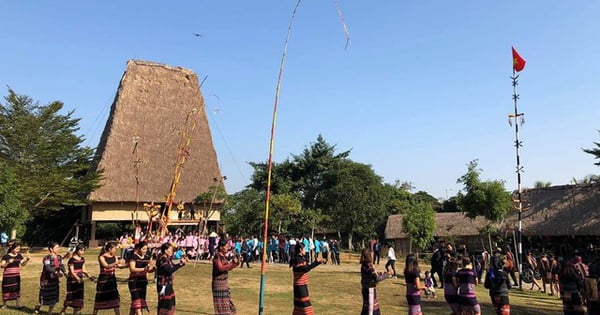




















Comment (0)